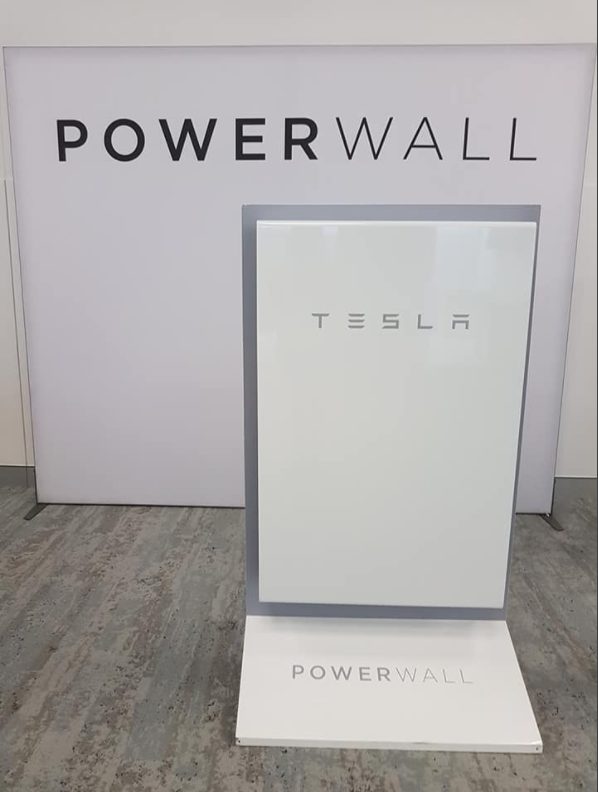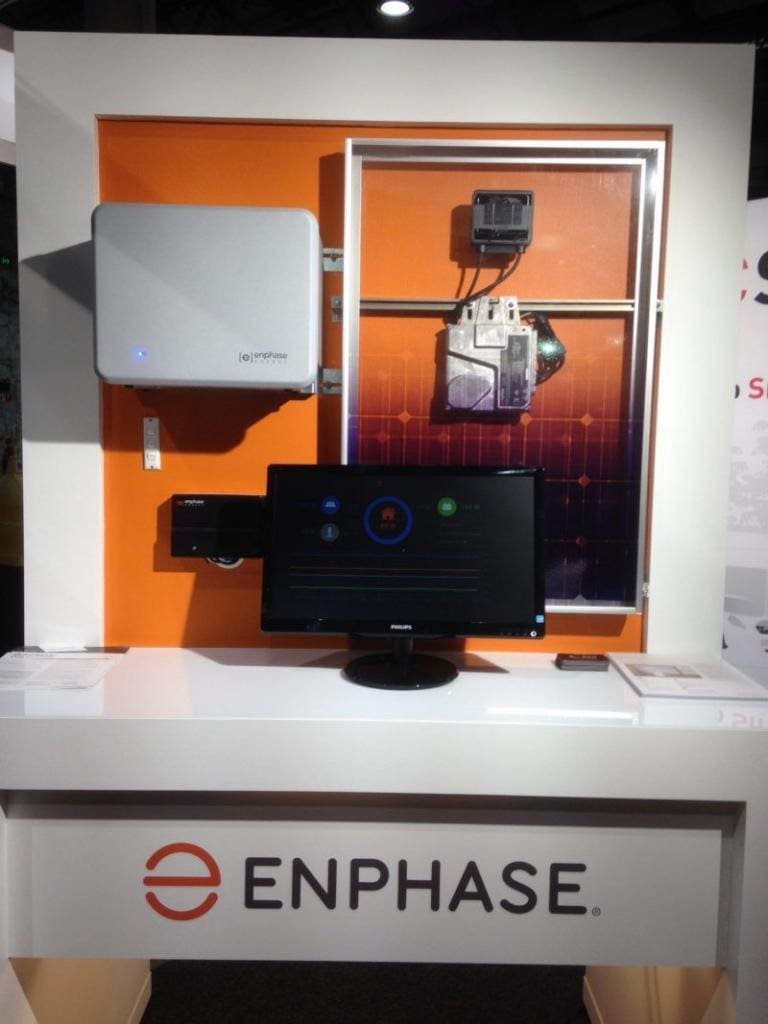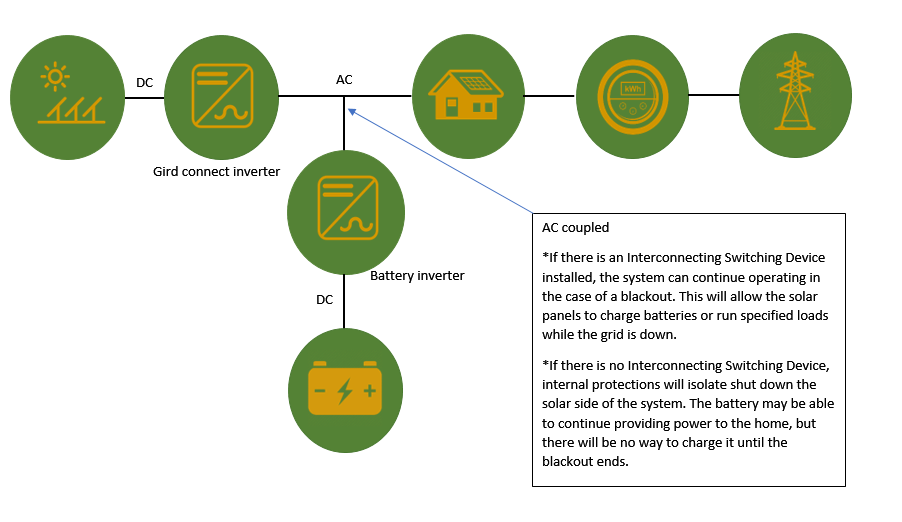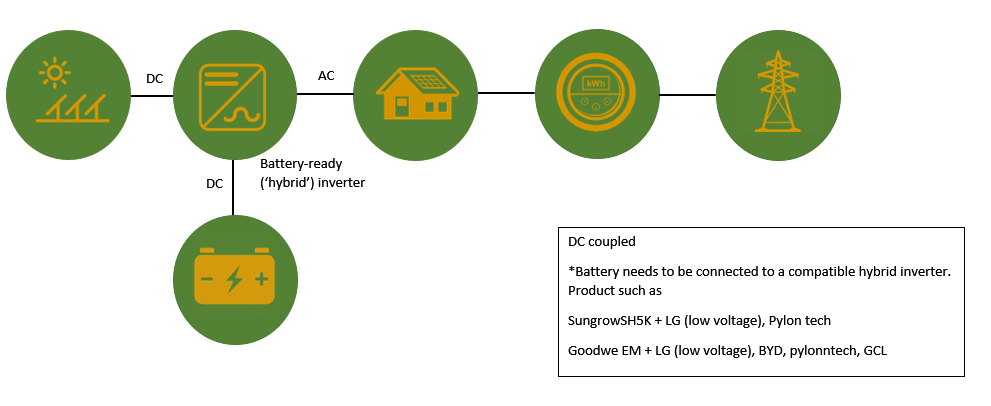As interest in solar battery storage grows, so does the number of people with questions about their many options. At some point, energy storage system shoppers may find themselves having to decide between AC battery storage or DC battery storage. (N.B. These two approaches are more accurately referred to as AC-coupled battery storage and DC-coupled battery storage, but for the purposes of this article, we will abbreviate them to AC and DC storage.)
What is the difference between AC and DC battery storage, and what are the relative advantages and disadvantages of each?
Related: Read our article about ‘hybrid’ solar & battery systems
Or check out our Home Solar & Battery Guide:
Check out our Home Solar & Battery Guide
About DC and AC electricity
Direct current (DC) electricity is what solar panels produce and what batteries hold in storage while alternating current (AC) electricity is the type used on the grid and in most household devices. A device called an inverter is required to convert the DC electricity from solar panels into appliance-friendly AC.
Batteries likewise require an inverter to render their stored energy useable. If they are DC-coupled, they can share the inverter with the solar panels, while if they are AC-coupled, they’ll require a separate inverter of their own.
Compare Solar & Battery Quotes
What is an AC-coupled energy storage system?
An AC-coupled storage system is connected to the AC grid mains that service the property (that is, the lines coming in from the street).. You can think of this type of arrangement as a ‘two box’ solution – because there is one ‘box’ (inverter) for the solar panels, and another for the battery bank.
The main advantage of AC-coupled battery storage is that it is the easiest and generally more cost-effective way to retrofit batteries onto a pre-existing solar PV system (in most cases – check out our helper tool).


Examples of AC-coupled solutions include Tesla’s Powerwall 2 and Enphase’s AC Battery.
What is a DC-coupled energy storage system?
A DC-connected energy storage system connects to the grid mains at the same place as the solar panels; this usually means that they share a ‘hybrid’ inverter. You can think of this as a ‘one box’ solution, because there is only one inverter instead of two.
Because they contain fewer components (which usually translates into lower costs), we generally recommend DC-coupled systems for homes considering a brand new solar & storage system (as opposed to a retrofit). Having a single inverter also allows households to get around local network capacity restrictions, which can be prohibitively small in some areas (most notably, South Australia, where the limit is 5kW for single phase grid connections).
Example diagram of a solar PV system with DC-coupled battery storage. (Click to enlarge.)
Examples of DC-coupled storage solutions (which involve a ‘hybrid’ inverter) include Sungrow’s SH5K Hybrid, SolaX’s X-Hybrid series and Fronius’ Symo Hybrid (3-phase only, with single-phase version coming soon).
Which one is right for you?
Whether an AC-coupled or DC-coupled battery solution is right for your home depends on a number of factors, including whether you have a pre-existing solar system or are starting from scratch with a brand new system. To learn more about your options, it’s useful to speak with a number of professionals to get a variety of opinions. A free & impartial Quote Comparison is a good place to start!
Compare Solar & Battery Quotes
- Solar Panel Costs: Solar Choice Price Index | April 2025 - 1 April, 2025
- Solar Panels For Homes – All You Need to Know About Solar Systems - 18 March, 2025
- Best NSW Solar Feed-In Tariffs - 17 March, 2025

